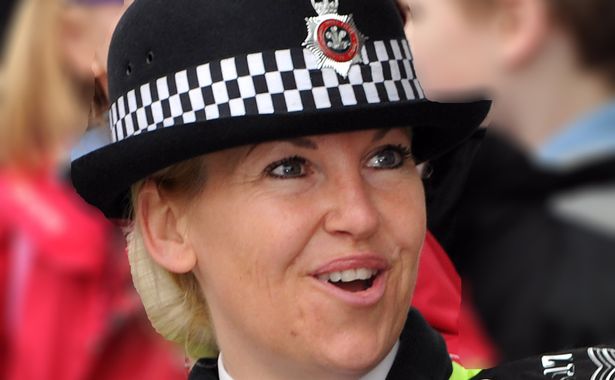Did unusual road layout lead to tragic death of `devoted` officer?
A coroner claimed that a local authority missed opportunities to change a “counter-intuitive” road layout before the death of an off-duty police officer who was killed after stepping in front of a bus.
Oct 14, 2016
By Nick Hudson
A coroner claimed that a local authority missed opportunities to change a “counter-intuitive” road layout before the death of an off-duty police officer who was killed after stepping in front of a bus.
At the conclusion of an inquest into the death of Sergeant Louise Lucas, acting senior coroner for Swansea Colin Phillips said it was known that the road layout was dangerous and concerns had been raised by drivers with bus operator First Cymru.
Sgt Lucas was shopping in Swansea on March 31 last year with her eight-year-old daughter Olivia when she was hit by the single-decker bus.
After hearing three days of evidence Mr Phillips said the South Wales Police officer`s death was the result of a road traffic accident.
A forensic collision investigator described the collision as “unavoidable” because Sgt Lucas had stepped out just nine metres ahead of the bus, a distance it would have taken just a second to cover.
Sgt Lucas, from Llanishen in Cardiff, was the second pedestrian to die as a result of being hit by a bus on The Kingsway in the space of 18 months.
Hotel worker Daniel Foss lost his life there in September 2013, and an inquest into his death had concluded the “unusual” layout of the road was a contributory factor in his death.
After the 41-year-old officer`s death, Swansea Council made changes to the dual carriageway and installed barriers along the entire length of the central reservation to prevent pedestrians from walking across other than at controlled crossings, and changing the directions in which traffic can travel.
Mr Phillips said: “The collision was caused by a combination of coincident factors: the lack of attention or distraction on the part of the pedestrian; the unconventional and counter-intuitive highway configuration; and the unfortunate close proximity of a large moving vehicle”.
He added: “Opportunities were missed to effect changes to the road system prior to Louise`s death. “The council did not respond in a timely way to concerns raised by First Cymru, and thus did not give sufficient weight to concerns by road users driving particularly dangerous vehicles.
“The council gave insufficient weight to the need for guard rails in the context of a road layout which was counter intuitive and known to be causing pedestrians to step out without looking in both directions.”
At the conclusion of the hearing, Robert Payne, Sgt Lucas` brother, read a statement on behalf of himself and their parents Mary and Geoff Payne.
He said: “We hope that lessons have been learnt by all parties involved so that this tragedy is never repeated. “We believe that Louise`s life was ended because of the confusing road layout in the Kingsway.
“Despite repeated warnings from First Cymru in 2011 regarding the potential for a fatality on The Kingsway, and an internal safety audit recommending the installation of central barriers, the City and County of Swansea chose not to act on this advice.
“We can only hope this tragedy has ensured that other pedestrians on the Kingsway are at far less risk than our Louise was.”
A road safety expert told the second day of the hearing that the mother-of-three was likely “engrossed in a conversation and momentarily forgot that traffic travelled both ways” when she was struck by the bus.
Consultant Mark Steventon said that Sgt Lucas was turning away from the bus and may not have heard it coming towards her.
He added that although signs and direction of travel arrows were in place, people who were not concentrating would assume the traffic flowed in a conventional way.


